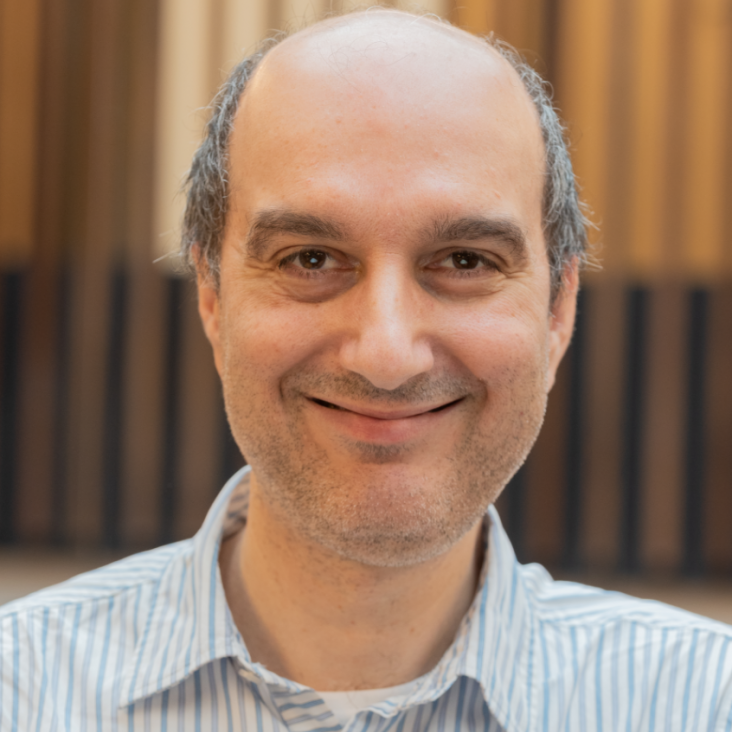X-RAY SPECTRA OF LASER IRRADIATED METAL FOILS FOR X-RAY THOMSON SCATTERING OF WARM DENSE MATTER ON THE Z-ACCELERATOR
Institute of Electrical and Electronics Engineers (IEEE) 1 (2012) 115-120
X-Ray Scattering from Warm Dense Iron* *Work supported by EPSRC grant EP/G007462/01
Institute of Electrical and Electronics Engineers (IEEE) (2012) 1c-3-1c-3
Characterizing counter-streaming interpenetrating plasmas relevant to astrophysical collisionless shocks
Physics of Plasmas 19:5 (2012)
Abstract:
A series of Omega experiments have produced and characterized high velocity counter-streaming plasma flows relevant for the creation of collisionless shocks. Single and double CH2 foils have been irradiated with a laser intensity of ∼ 1016 W/cm2. The laser ablated plasma was characterized 4 mm from the foil surface using Thomson scattering. A peak plasma flow velocity of 2000 km/s, an electron temperature of ∼ 110 eV, an ion temperature of ∼ 30 eV, and a density of ∼ 1018 cm -3 were measured in the single foil configuration. Significant increases in electron and ion temperatures were seen in the double foil geometry. The measured single foil plasma conditions were used to calculate the ion skin depth, c/ωpi ∼ 0.16 mm, the interaction length, lint, of ∼ 8 mm, and the Coulomb mean free path, λmfp ∼ 27 mm. With c/ωpi ≪ l int ≪λmfp, we are in a regime where collisionless shock formation is possible. © 2012 American Institute of Physics.Design considerations for unmagnetized collisionless-shock measurements in homologous flows
Astrophysical Journal 749:2 (2012)
Abstract:
The subject of this paper is the design of practical laser experiments that can produce collisionless shocks mediated by the Weibel instability. Such shocks may be important in a wide range of astrophysical systems. Three issues are considered. The first issue is the implications of the fact that such experiments will produce expanding flows that are approximately homologous. As a result, both the velocity and the density of the interpenetrating plasma streams will be time dependent. The second issue is the implications of the linear theory of the Weibel instability. For the experiments, the instability is in a regime where standard simplifications do not apply. It appears feasible but non-trivial to obtain adequate growth. The third issue is collisionality. The need to keep resistive magnetic-field dissipation small enough implies that the plasmas should not be allowed to cool substantially. © 2012. The American Astronomical Society. All rights reserved.Measurement of radiative shock properties by X-ray Thomson scattering
Physical Review Letters 108:14 (2012)


